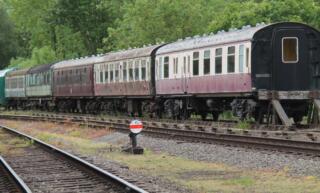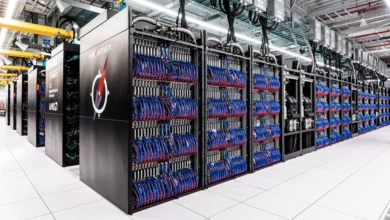
Everything You Need To Know About Railcar Restoration
Preserving our past requires examining the forgotten treasures of transportation history. In particular, railcar restoration represents a fascinating intersection of history and craftsmanship. Whether you’re on a refurbishment team or an interested amateur, here’s everything you need to know about railcar restoration.
Understanding Railcar Restoration
Railcar restoration involves bringing these monumental vehicles back to their former glory. The process encompasses repairing, refurbishing, and sometimes reimagining railcars for modern admiration. Historically significant railcars serve as a window into a bygone era, offering cultural value and a tangible connection to the past.
Often, restoration projects focus on passenger and freight railcars, each with distinct features and challenges. These restorations help keep history alive, transforming old metal and wood into living stories of transportation heritage.
Initial Assessment and Planning
Start your railcar restoration project with a detailed inspection to uncover the extent of wear and damage. Document the current condition, as this will determine the work ahead. Set realistic goals and timelines to prevent unexpected hurdles and keep the project steady.
Pay attention to budgeting and allocating resources by anticipating costs for materials, labor, and unexpected expenses. A well-thought-out budget ensures the project’s financial feasibility and helps maintain quality throughout the restoration process.
Sourcing Materials and Components
Finding the right materials for a restoration project presents its own set of challenges. Authenticity reigns supreme, and sourcing original parts from the same era as the railcar elevates the project’s historical value.
When original components prove elusive, modern equivalents can substitute without compromising quality. For example, if you can’t find the original wood for interior paneling, use reclaimed wood from the same era. This way, you’ll maintain historical accuracy and promote sustainability.
Sustainable Practices in Railcar Restoration
Environmental consciousness has a place in modern railcar restoration. Of course, using recycled material is the best sustainability practice. However, other strategies help too. For example, keep railcar restoration environmentally friendly with energy-efficient tools (e.g., hand tools). You can also use nontoxic paints and chemicals to minimize environmental impact.
Restoration Process
The specific steps in the restoration process are vital to know when it comes to railcar restoration. Each step addresses various aspects of a railcar’s structure and aesthetics. Structural repairs and metalwork form the project’s backbone, ensuring the railcar’s stability.
Woodwork and interior restoration breathe life into the interior spaces, reflecting their original charm. Overhauls of electrical and mechanical systems equip the railcar for modern functionality. Finally, painting and finishing touches complete the visual transformation, leaving a stunning tribute to history.
Challenges and Solutions
Restoring railcars presents various challenges, from sourcing rare components to overcoming structural deterioration. You must be a creative problem-solver, often innovating solutions on the fly. You can also collaborate with experts, artisans, and enthusiasts to effectively address obstacles. The hurdles you encounter along the way will enhance the satisfaction of seeing your project through to completion.






